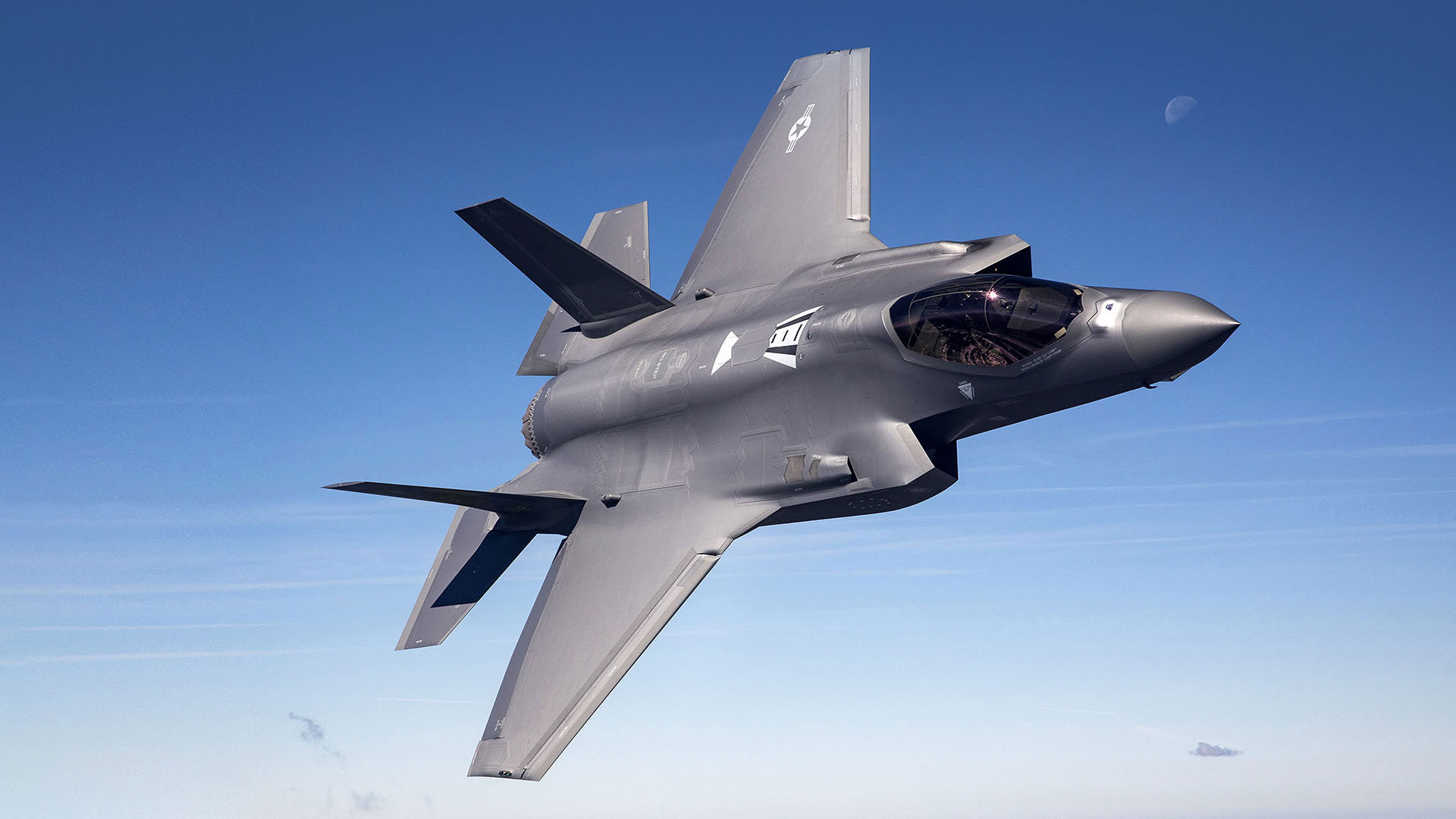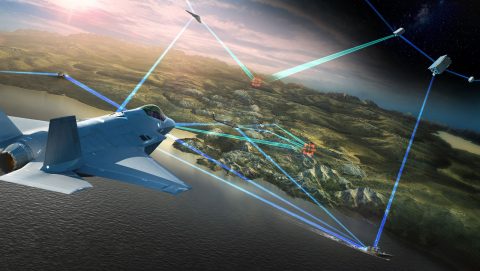As we count down to the 2026 launch of Artemis II, Lockheed Martin has achieved a significant milestone in the development of NASA's Orion spacecraft. With the completion of assembly and testing, Orion has been officially transferred to NASA's Exploration Ground Systems (EGS) team, marking a significant step toward launching a crew of four astronauts on a 10-day journey to the Moon and back to Earth.
?
?
Path to Launch
?
Enhanced for Crew Safety
Orion is the most advanced, human-rated, deep space spacecraft ever developed, designed with crew health and safety in mind. The Artemis II mission will put the spacecraft through its final tests in deep space with a crew of four on board, incorporating significant enhancements gleaned from the Artemis I mission. To support the well-being and safety of the crew, new systems have been added, including:
- Life support displays and controls
- Audio communications
- An exercise machine
- Waste management system (toilet)
- A fully functional LAS
These upgrades demonstrate our commitment to innovation, ensuring that Orion provides the best possible environment for the astronauts to perform their critical mission.
?
Looking Ahead to Launch
With the completion of Orion for Artemis II, Lockheed Martin is continuing to develop and assemble Orion spacecraft for future Artemis missions, including III, IV and V. Lockheed Martin is on contract to develop Orion spacecraft up to Artemis VIII, with a focus on reducing costs while maintaining the highest standards of quality and performance.
As NASA's plans for returning to the Moon take shape, Orion is poised to play a vital role in building the foundation for the next great chapter of space exploration: humanity's first crewed missions to Mars. This milestone marks a significant step forward in a partnership with NASA and a shared vision for a sustainable presence on the Moon and beyond.
?
?




